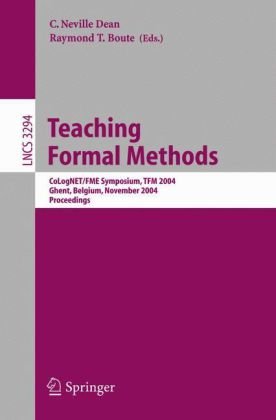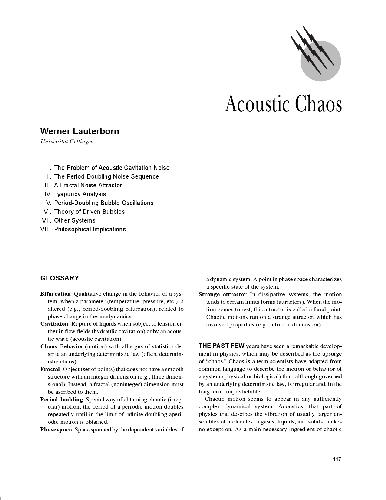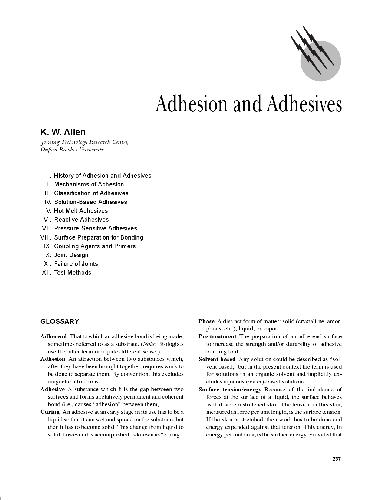Kung-Kiu Lau (auth.), C. Neville Dean, Raymond T. Boute (eds.)3540236112, 9783540236115, 9783540304722
Table of contents :
Front Matter….Pages –
A Beginner’s Course on Reasoning About Imperative Programs….Pages 1-16
Designing Algorithms in High School Mathematics….Pages 17-31
Motivating Study of Formal Methods in the Classroom….Pages 32-46
Formal Systems, Not Methods….Pages 47-64
A Practice-Oriented Course on the Principles of Computation, Programming, and System Design and Analysis….Pages 65-84
Teaching How to Derive Correct Concurrent Programs from State-Based Specifications and Code Patterns….Pages 85-106
Specification-Driven Design with Eiffel and Agents for Teaching Lightweight Formal Methods….Pages 107-123
Integrating Formal Specification and Software Verification and Validation….Pages 124-139
Distributed Teaching of Formal Methods….Pages 140-152
An Undergraduate Course on Protocol Engineering – How to Teach Formal Methods Without Scaring Students….Pages 153-165
Linking Paradigms, Semi-formal and Formal Notations….Pages 166-184
Teaching Formal Methods in Context….Pages 185-202
Embedding Formal Development in Software Engineering….Pages 203-213
Advertising Formal Methods and Organizing Their Teaching: Yes, but …….Pages 214-224
Retrospect and Prospect of Formal Methods Education in China….Pages 225-234
A Survey of Formal Methods Courses in European Higher Education….Pages 235-248
Back Matter….Pages –







Reviews
There are no reviews yet.